Evaluation of desho grass (Pennisetum pedicellatum) hay as a basal diet for growing local sheep in Ethiopia

Authors:
The study was conducted to determine feed intake, digestibility, and body weight (BW) change of Washera sheep fed on desho grass and natural pasture hay as a basal diet and supplemented with concentrate mixtures. Twenty-five intact male sheeps with body weight of 19.4 ± 1.89 kg (mean ± SD) were used in randomized complete block design. The dietary treatments were 100 % natural pasture hay (NPH) (T1), 75 % NPH+25 % desho grass hay (DGH) (T2), 50 % NPH+50 % DGH (T3), 25 % NPH+75 % DGH (T4), and 100 % DGH (T5). Equal amount of concentrate mixture (CM) (300 g DM/ day/h) was supplemented in all of the five treatments. The result of laboratory chemical analysis revealed that the CP content of the basal diets increased with increased proportion of desho grass hay inclusion in the treatments at the expense of natural pasture hay. Total DM, OM, CP, NDF, and ADF intake and digestibility was significant (P < 0.05) and in the increas- ing order of T1<T2<T3<T4<T5. The average daily body weight gain (ADG) of experimental sheep was significantly (P < 0.05) higher as proportion of desho grass increased from 0 to 100 % in the basal diet. The result indicated that desho grass can be used as a basal diet for local sheep with better performance than natural pasture hay-based diets.
